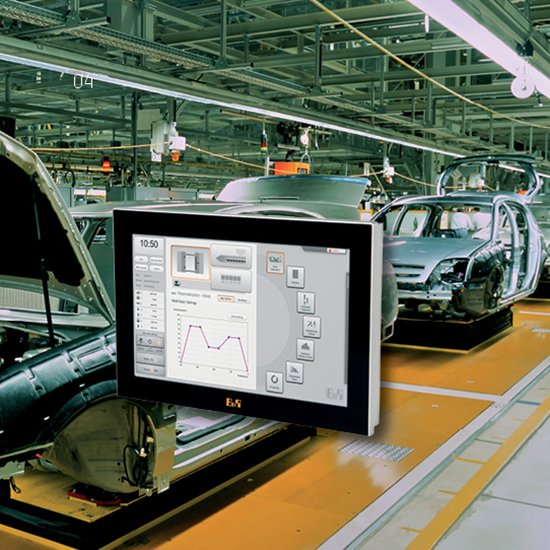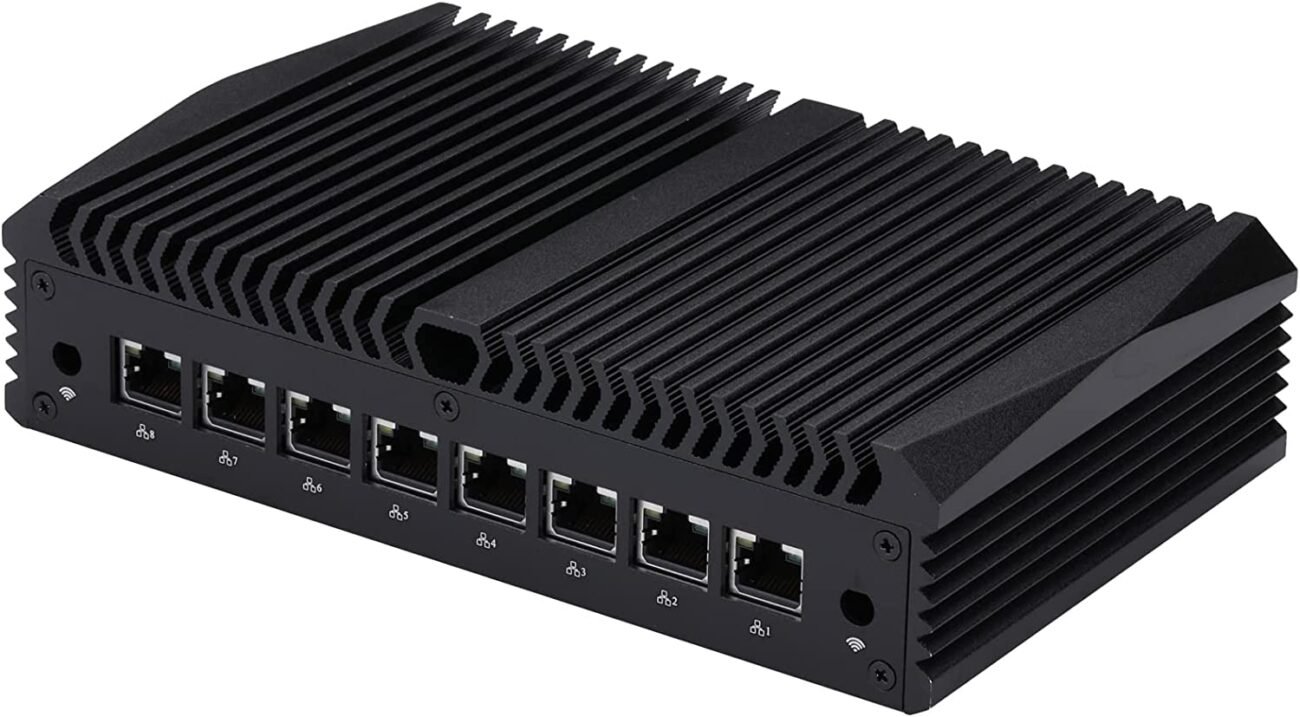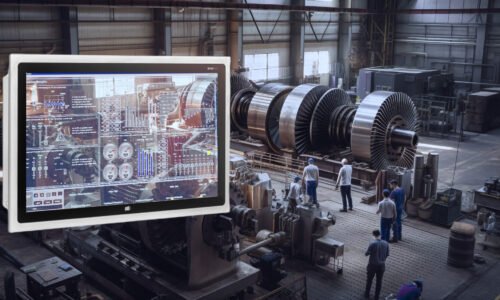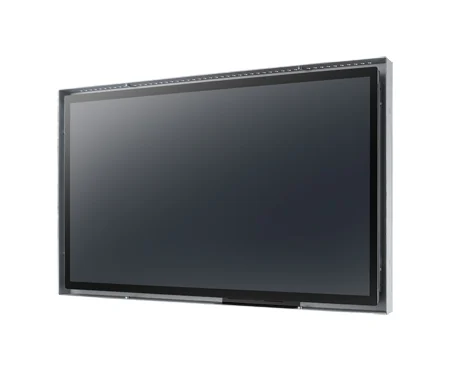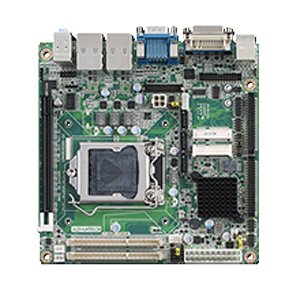In today’s fast-paced world, technology has become an integral part of various industries. From military operations to industrial settings, there is a growing need for reliable and durable electronic devices that can function seamlessly in harsh environments. Rugged display solutions play a crucial role in meeting these demands by providing robust and resilient visual interfaces that can withstand extreme conditions. In this article, we will explore the importance of rugged display solutions, their applications, and the key features that make them suitable for challenging surroundings.
1. Introduction to Rugged Display Solutions
Rugged display solutions are specialized electronic screens designed to perform flawlessly in extreme environments. Unlike standard displays, rugged displays are built to endure a wide range of conditions, including extreme temperatures, shock, vibrations, moisture, and dust. These displays ensure that critical information is presented accurately, even in challenging situations.
2. Applications in Diverse Industries
Rugged display solutions find applications in various industries. In the military sector, they are used in tactical vehicles and command centers, providing real-time information to soldiers and commanders. In industrial settings, rugged displays are essential for monitoring and controlling machinery in hazardous environments. Additionally, they are employed in transportation systems, outdoor kiosks, medical devices, and more.
3. Key Features of Rugged Display Solutions
a. Durability and Resistance
Rugged displays are engineered to withstand physical stresses that would render conventional displays useless. They are built with durable materials and reinforced designs, making them resistant to impact, shock, and vibrations. This durability ensures consistent performance even in rugged terrains or high-impact situations.
b. High Visibility in Adverse Conditions
Visibility is crucial, especially in environments with varying lighting conditions. Rugged displays feature advanced brightness and contrast controls, ensuring that information remains legible in direct sunlight, low light, or other challenging lighting scenarios.
c. Touchscreen Technology for User Interaction
Many rugged displays come with touchscreen capabilities, enabling user interaction even while wearing gloves. This feature is particularly important in situations where precise input is required, such as medical procedures or gloved industrial work.
d. Customization for Specific Needs
Rugged displays can be customized to meet specific requirements. This adaptability includes size, resolution, and compatibility with various interfaces, ensuring seamless integration into existing systems.
e. Integration with Advanced Systems
Rugged displays can integrate with advanced technologies like augmented reality (AR) and heads-up displays (HUDs). This integration enhances situational awareness and decision-making, especially in critical environments.
f. Maintenance and Longevity
These displays are designed for long-term use with minimal maintenance. Their robust construction reduces the risk of malfunctions, minimizing downtime and maintenance costs.
4. Factors to Consider When Choosing Rugged Displays
Selecting the right rugged display involves considering factors such as environmental conditions, required certifications (like IP or MIL-STD), interface compatibility, and the specific application’s needs.
5. Selecting the Right Rugged Display for Your Application
To choose the ideal rugged display, assess the environmental challenges, necessary features, and long-term reliability. Consulting with experts in rugged display technology can help you make an informed decision.
6. Future Trends in Rugged Display Technology
The future of rugged displays holds exciting possibilities. As technology advances, we can expect even more durable and feature-rich displays, including improved touch sensitivity, better outdoor visibility, and integration with IoT systems.
7. Conclusion
In demanding environments, reliable information dissemination is paramount. Rugged display solutions offer a vital bridge between humans and technology, ensuring critical data is accessible when and where it’s needed the most. With their durability, adaptability, and resilience, rugged displays are transforming industries and enhancing operations across the board.
14. FAQs
Q1: Are rugged displays only used in military and industrial settings?
Rugged displays have diverse applications, including transportation, medical devices, outdoor kiosks, and more.
Q2: How do rugged displays withstand extreme temperatures?
Rugged displays are designed with materials and components that can operate within a wide temperature range.
Q3: Can I customize a rugged display for my specific needs?
Yes, rugged displays can be customized in terms of size, resolution, interfaces, and more.
Q4: Are rugged displays more expensive than regular displays?
Due to their specialized design and durability, rugged displays may have a higher initial cost, but their long-term reliability justifies the investment.
Q5: How do I ensure the longevity of a rugged display?
Regular maintenance, following manufacturer guidelines, and avoiding physical damage are key to ensuring the longevity of rugged displays.

